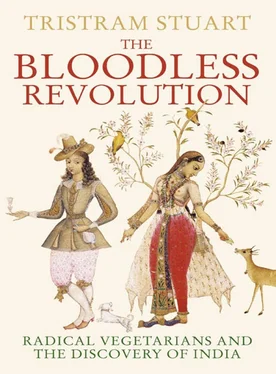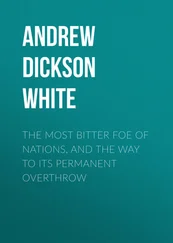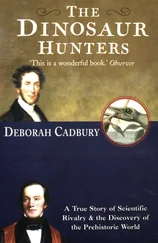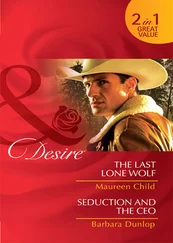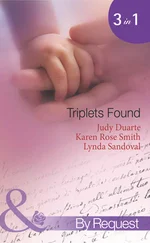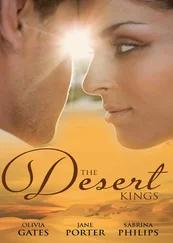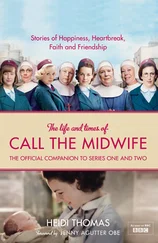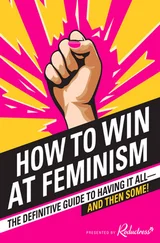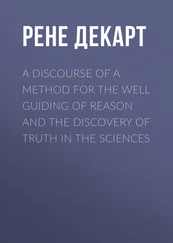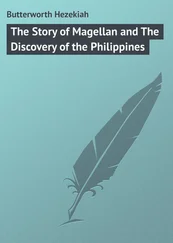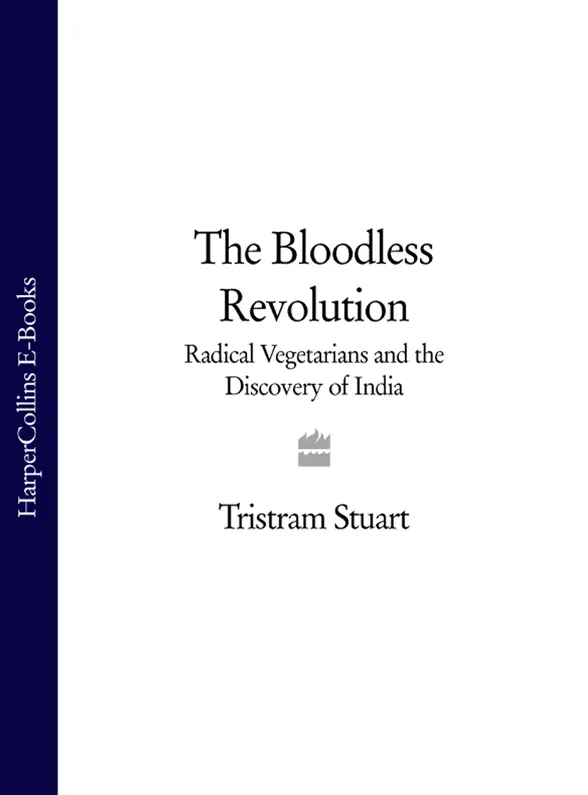
Radical Vegetarians and the Discovery of India

To my father
SIMON STUART
(1930–2002)
COVER
TITLE PAGE
DEDICATION
LIST OF ILLUSTRATIONS
INTRODUCTION
I: GRASS ROOTS
1 Bushell’s Bushel, Bacon’s Bacon and The Great Instauration
2 John Robins: The Shakers’ God
3 Roger Crab: Levelling the Food Chain
4 Pythagoras and the Sages of India
5 ‘This proud and troublesome Thing, called Man’: Thomas Tryon, the Brahmin of Britain
6 John Evelyn: Salvation in a Salad
7 The Kabbala Stripped Naked
8 Men Should be Friends even to Brute Beasts: Isaac Newton and the Origins of Pagan Theology
9 Atheists, Deists and the Turkish Spy
II: MEATLESS MEDICINE
10 Dieting with Dr Descartes
11 Tooth and Nail: Pierre Gassendi and the Human Appendix
12 The Mitre and the Microscope: Philippe Hecquet’s Catholic Fast Food
13 Dr Cheyne’s Sensible Diet
14 Clarissa’s Calories
15 Rousseau and the Bosoms of Nature
16 The Counter-Vegetarian Mascot: Pope’s Happy Lamb
17 Antonio Cocchi and the Cure for Scurvy
18 The Sparing Diet: Scotland’s Vegetarian Dynasty
III: ROMANTIC DINNERS
19 Diet and Diplomacy: Eating Beef in the Land of the Holy Cow
20 John Zephaniah Holwell: Voltaire’s Hindu Prophet
21 The Cry of Nature: Killing in the Name of Animal Rights in the French Revolution
22 The Marquis de Valady faces the Guillotine
23 Bloodless Brothers
24 John ‘Walking’ Stewart and the Utility of Death
25 To Kill a Cat: Joseph Ritson’s Politics of Atheism
26 Shelley and the Return to Nature
27 The Malthusian Tragedy: Feeding the World
EPILOGUE
ABBREVIATIONS
BIBLIOGRAPHY
INDEX
ACKNOWLEDGEMENTS
NOTES
COPYRIGHT
ABOUT THE PUBLISHER
LIST OF ILLUSTRATIONS
PLATES
SECTION ONE
Studio of Jan Brueghel the Elder, ‘Adam and Eve in the Garden of Eden’, Flemish, early 17th century. Leeds Museums and Galleries (Lotherton Hall) UK/ The Bridgeman Art Library, London (ref: LMG 142825)
Frans Snyders, ‘The Butcher’s Shop’ c .1640– 50. Pushkin Museum, Moscow, Russia/The Bridgeman Art Library, London (ref: XIR 47570)
Jan Brueghel the Elder & Peter Paul Rubens, ‘Adam and Eve in Paradise’, c .1615. Mauritshuis, The Hague, The Netherlands/The Bridgeman Art Library (ref: BAL 7152)
David Teniers the Younger, ‘In the Kitchen’, 1669. Noortman, Maastricht, The Netherlands/The Bridgeman Art Library, London (ref: NOR 61586)
Frontispiece of Christopher Plantin ed. ‘Biblia Sacra, Hebraice, Chaldaice, Grace & Latine’, Antwerp, 1569. The British Library, London
Ivory Cabinet, showing Adam and Eve in the Garden of Eden, Sri Lanka, late 17th century. V&A Images/Victoria and Albert Museum, London (ref: CT62950)
Iskandar meeting the Brahmans, India, 1719. From the latter half of a manuscript of Firdawsi’s ‘Shahnama’. The British Library, London (ref: Add. 18804, f.117v)
‘Maître François’ (illuminator), ‘Alexander the Great meeting the Indian ‘‘gymnosophists’’, or naked philosophers’. From St Augustine, ‘La Cité de Dieu’, Books I-X, Paris. 1475– 1480. Koninklijke Bibliotheek National Library of the Netherlands, Den Haag, Museum Meermanno-Westreenianum (ref: MMW, 10 A 11, f. 93v)
Bhairavi Ragini, First Wife of Bhairava Raga, Folio from a Ragamala (Garland of Melodies), Bilaspur, Himachal Pradesh, India, 1685– 1690. Los Angeles County Museum of Art (Nasli and Alice Heeramaneck Collection, Museum Associates Purchase. Photo © 2006 Museum Associates/LACMA
Banyans and Brahmins, from Jan Huygen van Linschoten, ‘Itinerario’, 1596. The Brenthurst Library, Johannesburg, South Africa. Photograph by Clive Hassall
‘Indian huts’ from Jan Huygen van Linschoten, ‘Itinerario’, 1596. The Brenthurst Library, Johannesburg, South Africa. Photograph by Clive Hassall
John Evelyn’s ‘pietre dure’ cabinet showing Orpheus charming the beasts by Domenico Bennotti & Francesco Ffanelli, 1644– 50. V&A Images/Victoria and Albert Museum, London (ref: CT64605)
School of Jan Brueghel the Elder, ‘Orpheus charming the animals’, Flemish, c .1600– 10. Galleria Borghese, Rome. Alinari Archives/Corbis
SECTION TWO
Joseph Highmore, ‘The Harlowe Family’ from the illustrations of Samuel Richardson’s Clarissa, 1747– 8. Yale Center for British Art, Paul Mellon Collection, USA/The Bridgeman Art Library, London (ref: YBA 156350)
Jean Baptiste Greuze, ‘Girl weeping over her Dead Canary’, c .1765. National Gallery of Scotland/The Bridgeman Art Library, London (ref: NGS 230482)
Elizabeth Vigée Le Brun, ‘Self Portrait in a Straw Hat’, 1782. The National Gallery, London
Jean-Baptiste Greuze, ‘The Milkmaid’, before 1784. Louvre, Paris/The Bridgeman Art Library, London (ref: XIR 90016)
Frontispiece of Jean-Jacques Rousseau’s ‘Discours sur l’Origine et les Fondemens de l’Inegalité ’, Marc Michel, Amsterdam, 1755. The British Library, London
Jean Baptiste Greuze, ‘The White Hat’, by c .1780. Museum of Fine Arts, Boston/ The Bridgeman Art Library, London (ref: BST 216007)
Attributed to Marie Victoire Lemoine, ‘Young Woman with a Dog’, c .1796 Bucharest National Museum of Arts/AKG Images, London
Jean Laurent Mosnier, ‘The Young Mother’, c .1770– 80. Musée Municipal, Macon, France/The Bridgeman Art Library, London (ref: XIR 180450)
Eugene Delacroix, ‘Liberty Leading the People’, 1830. Louvre, Paris/The Bridgeman Art Library, London (ref: XIR 3692)
C.J. Grant, ‘Singular effects of the universal pills on a green grocer!’ From ‘Grant’s Oddities’, London, 1841, plate 8. The Wellcome Trust Medical Photographic Library (ref: V0011125)
‘The Mansion of Bliss. A New Game for the Amusement of Youth’, William Darton, London, 1822. V&A Images/Victoria and Albert Museum, London (ref: CT26924)
The Old Fort, Playhouse and Holwell’s Monument, Calcutta, from Thomas Daniell, ‘Views of Calcutta’, 1786. The British Library, London (ref: P88, 88)
Attributed to Johann Zoffany, ‘Portrait of John Zephaniah Holwell’, 1765. Hood Museum of Art, Dartmouth College, New Hampshire (ref: P.961.244)
Marquis de Valady (1766– 1793) and his wife, daughter of the Comte de Vaudreuil.
Courtesy of Christian de Chefdebien
SECTION THREE
Akbar ordering the slaughter to cease, from Abul Fazl’s ‘Akbarnama’, Mughal, c .1590. Johnson Album 8, no 4. V&A Images/Victoria and Albert Museum, London (ref: I.S.2– 1896)
King Solomon and the animals, from the ‘Iyar-i-Danish’ c .1595. Chester Beatty Library, Dublin (ref: CBL In. 4.74)
Majnun and the hunter, from an illustrated ‘Silsilat al-Zahab’, Akbar’s court, India, 1613. Chester Beatty Library, Dublin (ref: CBL In. 8.61)
Читать дальше
